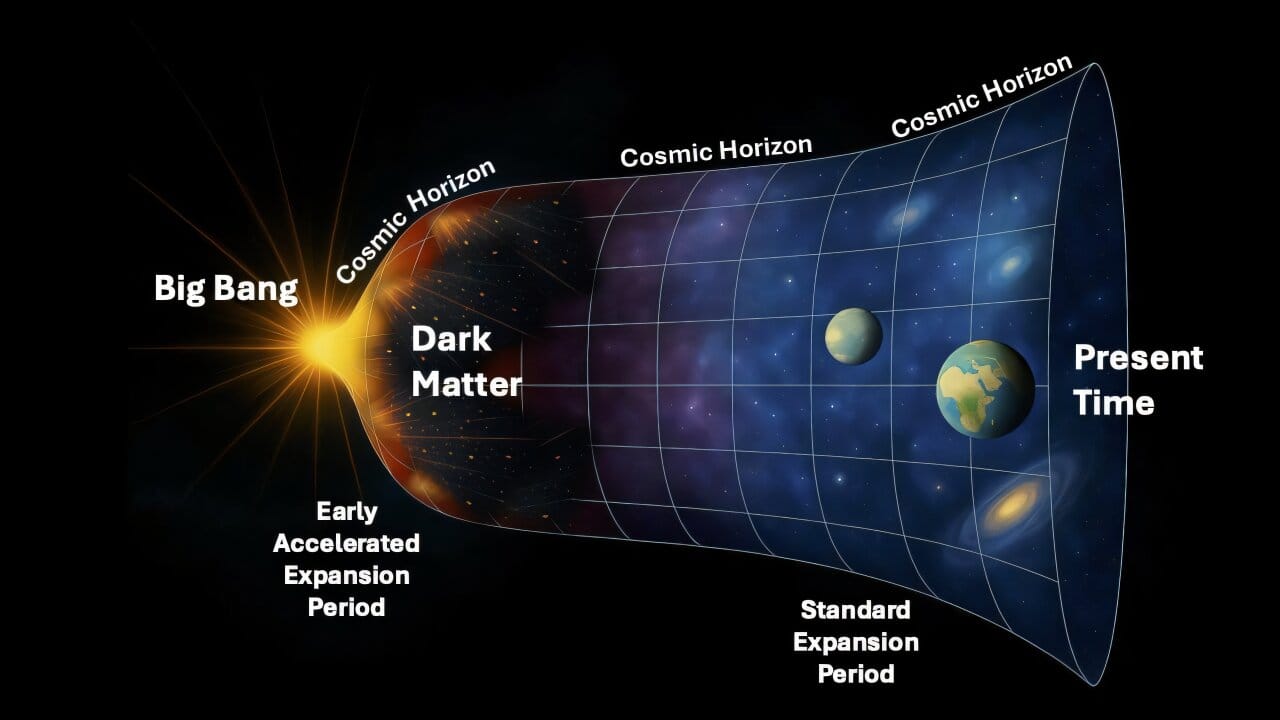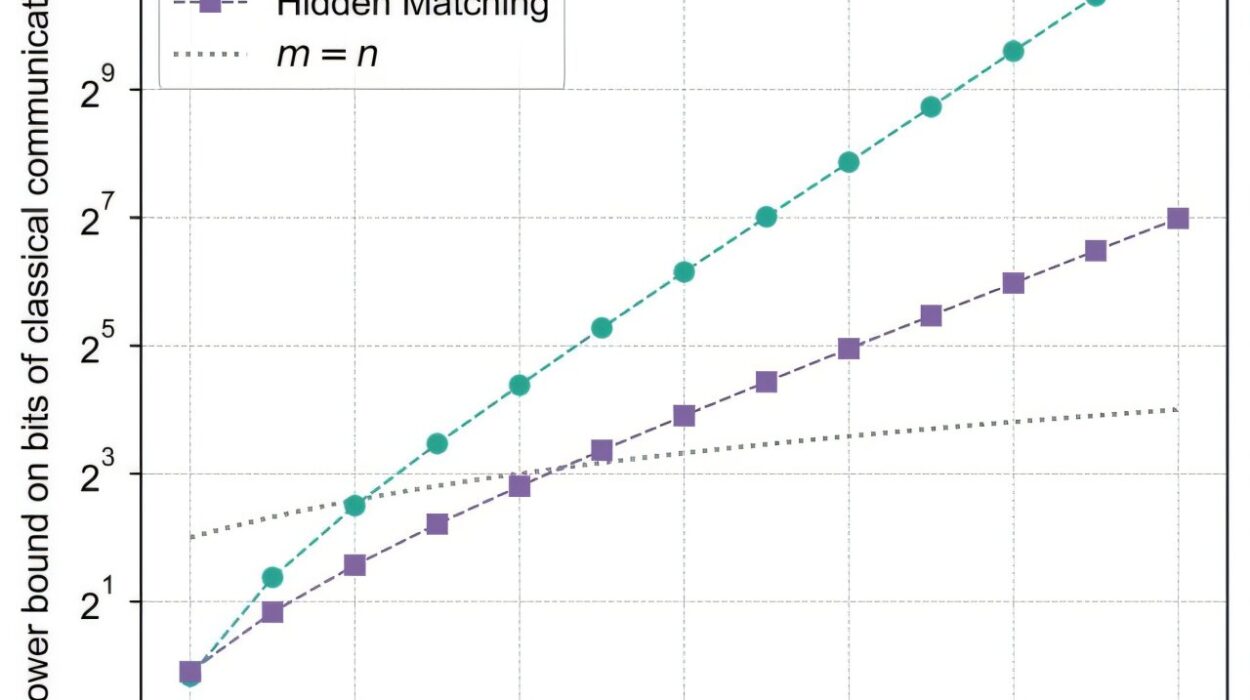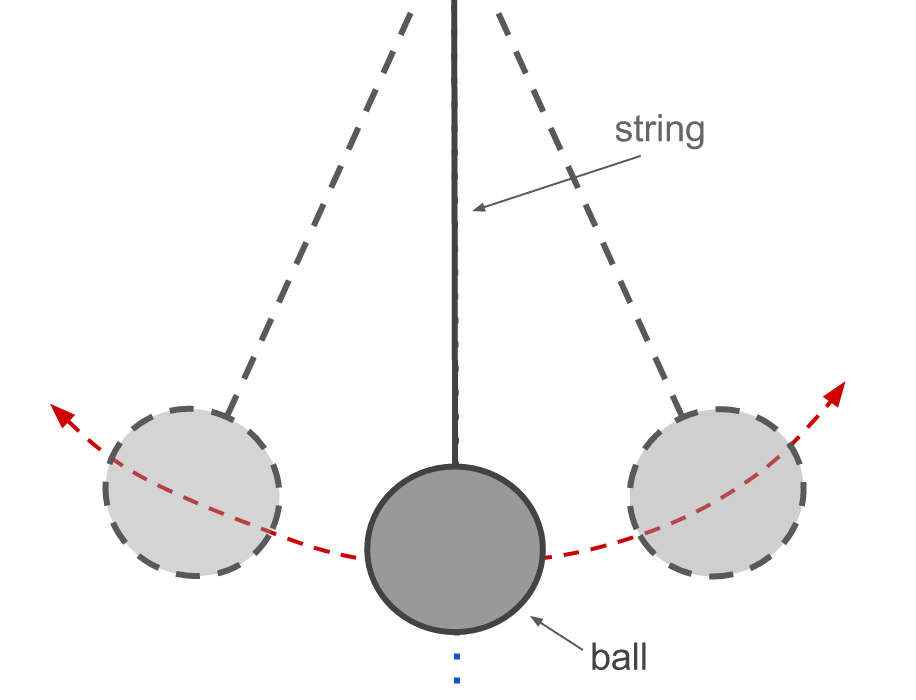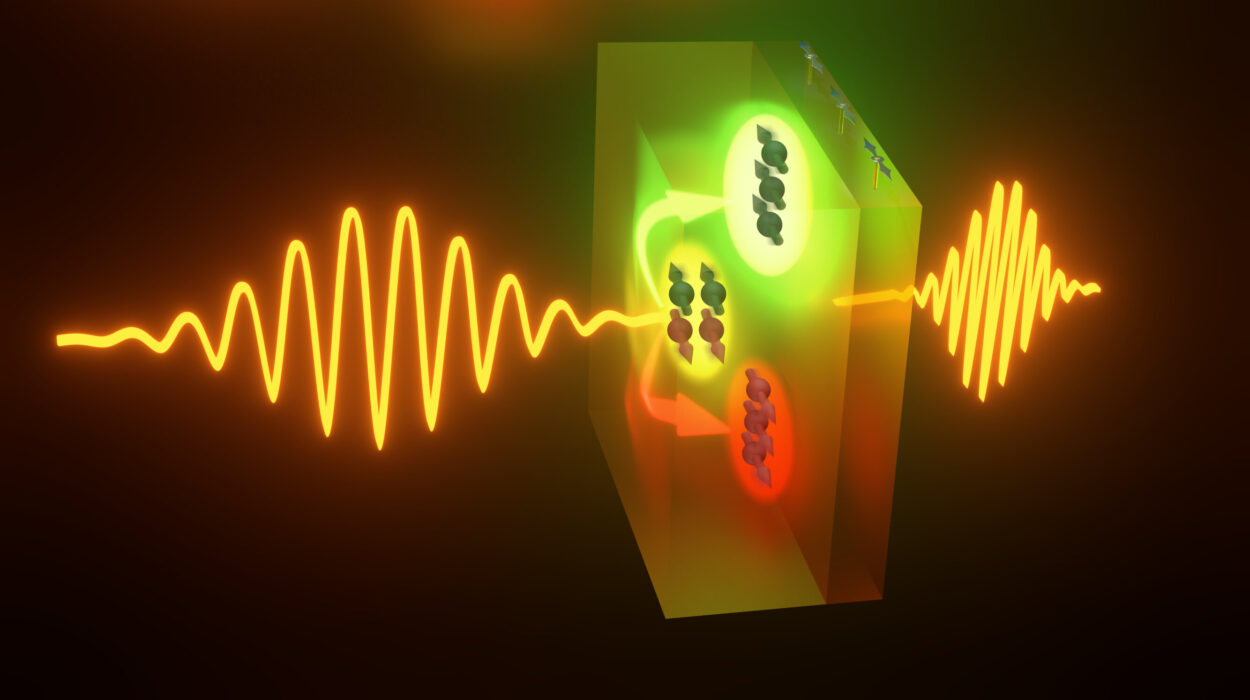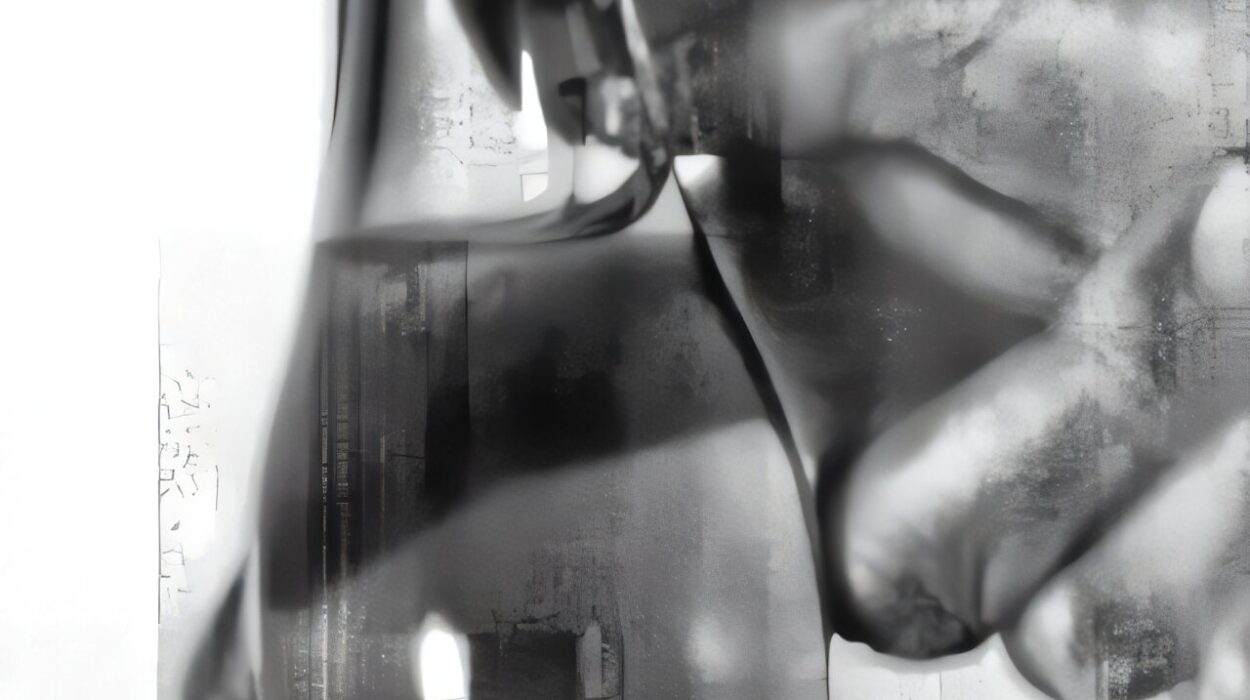For decades, astronomers and physicists have stared into the abyss, trying to answer one of the most haunting questions in modern science: What is dark matter? We know it exists—it anchors galaxies, sculpts the large-scale structure of the cosmos, and constitutes about 80% of all matter in the universe. Yet we don’t know what it is made of.
Now, in a pair of bold and highly original studies, Professor Stefano Profumo of the University of California, Santa Cruz, suggests we may have been asking the wrong questions. What if dark matter wasn’t born from interactions with familiar particles at all? What if, instead, it emerged gravitationally—as a whisper from the early universe itself, or from an unseen realm of “dark” particles that mirror our own?
The implications are as breathtaking as they are humbling: dark matter, that invisible scaffolding of our universe, might be the cosmic echo of conditions that existed mere fractions of a second after the Big Bang.
The Mirror World Within the Darkness
In the more recent of the two papers, published July 8 in Physical Review D, Profumo turns to a long-speculated but rarely explored concept: a hidden sector. Imagine a parallel world with its own versions of particles—quarks, gluons, even protons—governed by a “dark strong force”, similar to the one that holds the nuclei of atoms together. This hidden world doesn’t interact with us directly. No light, no electromagnetism, nothing we could detect with conventional instruments. But it obeys many of the same rules.
This idea stems from quantum chromodynamics (QCD)—the theory that describes how particles called quarks stick together inside protons and neutrons using the strong nuclear force, mediated by gluons. The proposal suggests there might be a “dark QCD”, operating entirely within this invisible sector.
In Profumo’s model, dark quarks are bound together by dark gluons to form heavy dark baryons—analogous to protons and neutrons in our universe. But here’s where it gets extraordinary: under the conditions of the early universe, these dark baryons could have collapsed into incredibly dense, tiny black hole–like remnants. These objects would be just a few times heavier than the Planck mass—a fundamental scale in quantum gravity—and yet they could account for all the dark matter we see today.
Because these remnants would interact only through gravity, they would evade detection by all known particle experiments. In other words, they’re ghosts—but powerful ones, shaping galaxies, influencing cosmic evolution, and silently outnumbering ordinary matter by five to one.
“This is a new, testable framework grounded in well-established physics,” Profumo explained. “It doesn’t require new forces or exotic interactions with regular matter. It builds on what we already know from gauge theory and applies it in a new, hidden context.”
The idea continues UC Santa Cruz’s deep legacy in particle physics and cosmology. Theoretical models involving the QCD axion—another dark matter candidate—were pioneered at the university by emeritus professor Michael Dine, while research professor Abe Seiden helped lead major experiments probing hadron structure, the very particles that QCD describes.
The Universe’s Horizon as a Furnace for Matter
While the hidden sector model invokes a parallel set of particles, Profumo’s second paper, published in May, takes a radically different route. Here, dark matter doesn’t arise from particles at all, but from the geometry of spacetime itself.
This study explores what might happen during a brief phase of accelerated cosmic expansion after the period of inflation that followed the Big Bang. This expansion wouldn’t be as extreme as inflation, but it would still stretch spacetime faster than radiation or matter alone would allow.
In such a scenario, the very horizon of the universe—the edge beyond which no information can reach us—would behave similarly to a black hole’s event horizon. And just as black holes emit radiation via quantum effects (a phenomenon known as Hawking radiation), the cosmic horizon could radiate dark matter particles into existence.
This concept leans on principles from quantum field theory in curved spacetime—a synthesis of general relativity and quantum mechanics that allows physicists to describe how particles behave when the very fabric of space is shifting beneath them.
According to Profumo’s calculations, a wide range of dark matter masses could be produced in this way, depending on how hot the universe was during this phase, and how long the accelerated expansion lasted. Crucially, this model doesn’t assume any interaction between dark matter and ordinary matter. The only requirement is that dark matter is stable and gravitationally produced.
“This doesn’t need a dark photon, a weak interaction, or a supersymmetric partner particle,” Profumo said. “It’s gravity doing the work. It’s a fundamentally different paradigm.”
A Turn Away from Conventional Theories
For decades, the leading candidates for dark matter were WIMPs (Weakly Interacting Massive Particles)—hypothetical particles that could be detected through rare interactions with regular matter. Physicists built massive detectors deep underground, hoping to catch a flash of light or a tiny vibration that would signal a WIMP’s passing. But experiment after experiment came up empty.
As the no-shows piled up, theorists began to broaden their horizons. Could dark matter be something even stranger—something that didn’t just interact weakly, but didn’t interact at all, except through gravity?
Profumo’s two papers fall squarely within this newer school of thought, offering alternatives that are not only more difficult to detect, but perhaps fundamentally beyond the reach of traditional particle physics.
“Both mechanisms are speculative,” Profumo acknowledged, “but they offer self-contained and calculable models that stay within known physics—yet still explain the total abundance of dark matter.”
That approach marks a philosophical shift: from assuming that dark matter must somehow be like ordinary matter, only darker, to considering it as something born from the architecture of the universe itself.
The Book That Shaped the Thinking
Profumo is not new to this cosmic puzzle. In 2017, he published An Introduction to Particle Dark Matter, a widely-used textbook that guides readers through the entire landscape of dark matter theory—from early ideas to modern frameworks like supersymmetry, axions, sterile neutrinos, and hidden sectors.
“The paradigm of dark matter,” he writes in the book, “is one of the key developments at the interface of cosmology and elementary particle physics.” The recent studies continue this theme, bringing insights from high-energy particle theory into dialogue with the early universe’s deepest secrets.
His work also reflects the broader strength of UC Santa Cruz in this area. The university has long been a center for theoretical and observational cosmology, and played a key role in shaping the standard Lambda-Cold Dark Matter (ΛCDM) model—the most successful model yet for explaining the evolution and structure of the cosmos.
Bridging Theory and the Cosmos
What sets Profumo’s work apart isn’t just the originality of the ideas, but the way they weave together disparate threads: early universe cosmology, particle theory, quantum gravity, and observational constraints.
Whether it’s the idea of a dark QCD sector forming relic black holes, or the universe’s horizon radiating particles into being, both theories embrace the notion that the architecture of reality itself—the fields, symmetries, and dynamics of spacetime—can birth matter from nothing.
And crucially, both models are testable, at least in principle. The black hole–like dark matter scenario could leave imprints in gravitational wave backgrounds or influence early galaxy formation. The horizon-radiation model may one day be constrained by precise measurements of the cosmic microwave background or future gravitational probes.
In a scientific landscape where old paradigms are increasingly under strain, this kind of creative, boundary-pushing work may be exactly what the field needs.
The Shadow May Yet Yield to Light
Dark matter remains one of the most enduring mysteries in science—a puzzle with no face, only fingerprints. It bends light, shapes galaxies, and pervades every corner of the cosmos, yet it slips through our instruments like a shadow.
But in these new studies, Stefano Profumo shines a light into the darkness—not by imagining new particles we can see, but by exploring how the unseen might emerge naturally from the known. Whether through mirror worlds of dark baryons or the quiet breath of a cosmic horizon, he offers us new ways to think—and to hope.
And in that sense, he’s following in the footsteps of another physicist who once said, “The most beautiful experience we can have is the mysterious.” That was Albert Einstein, who changed the way we see gravity. Perhaps, just perhaps, the next Einstein has already shown us the way to understand dark matter—not by revealing what it is, but by revealing what it must have been.
More information: Stefano Profumo, Dark matter from quasi–de Sitter horizons, Physical Review D (2025). DOI: 10.1103/vmw2-4k77
Stefano Profumo, Dark baryon black holes, Physical Review D (2025). DOI: 10.1103/PhysRevD.111.095010
